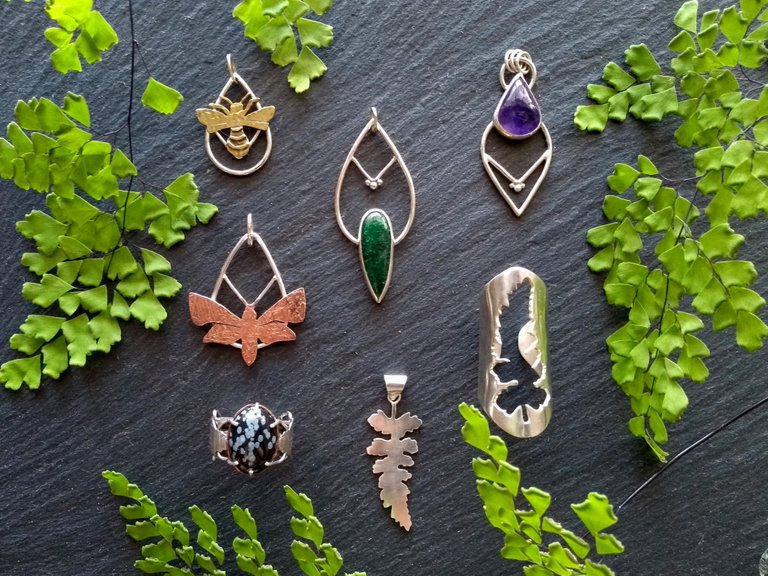When I first started on the path of paganism, I found the Wheel of the Year to be a wonderful first step. The seasonal festivals and their accompanying rituals gave me regular opportunities to celebrate and practise my craft, putting me in touch with my ancestors and continuing traditions that pagans have been celebrating for thousands of years.
What’s most important to me about the Wheel of the Year rituals is that I become more closely connected to nature’s cycles by practising them. Every time I observe one of these witches’ sabbats, I become acutely aware of the passage of time, the changing of the seasons, the balance between light and darkness, the rhythms of the harvest. This, for me, is what paganism is all about – tuning in to the Earth and remembering that the Earth is part of me.

Though it’s difficult to definitively pin down the origins of each festival or ritual in The Wheel of the Year, much of it is derived from Celtic traditions. For me this is an important aspect of celebrating the seasonal festivals – it allows me to connect with my Irish ancestry.
The four fire festivals of Samhain, Imbolc, Beltane, and Lughnasadh are generally agreed to be traditional Celtic festivals. The other four witches’ sabbats – Yule, Ostara, Litha and Mabon – fall on the winter solstice, spring equinox, summer solstice, and autumn equinox respectively, and have been celebrated by vastly different cultures throughout history.
In the mid 20th Century, the Bricket Wood Coven and the Order of Bards, Ovates and Druids combined the fire festivals, the equinoxes and the solstices into an eight-fold calendar now known as the Wheel of the Year. While this calendar was originally popular amongst Wiccans, it has been adopted by many Neo-pagans as a tenet of their practice.
Samhain
Samhain, or Halloween, occurs from October 31st to November 1st in the northern hemisphere, and April 30th to May 1st in the southern hemisphere. It is often considered to be the witches’ new year, marking the beginning of winter and a new turn of the Wheel. It is a time for remembrance of ancestors, as well as commemoration of those who have passed on. The veil between this world and the next is said to be thinnest at this time.
Yule
The first of the solar festivals, Yule, or Winter Solstice, usually falls around December 21st in the northern hemisphere, and June 21st in the southern hemisphere. This marks the longest night of the year, the tipping point between darkness and light. In different Celtic-based traditions, Yule celebrates the rebirth of the Sun God, the Oak King, or the Horned God to welcome the return of longer, sunnier days.
Imbolc
The beginning of spring, Imbolc, or Candlemas, is celebrated from February 1st to February 2nd in the northern hemisphere, and August 1st to August 2nd in the southern hemisphere. It is still observed in modern Irish culture and, as of 2023, will be recognised as a national holiday. Imbolc is dedicated to the goddess Brigid, who presides over blacksmiths, poetry, wisdom, healing, domestic animals, protection, and spinning. It is a time for spring cleaning and purification.
Ostara
Ostara is the celebration of the Spring Equinox and falls around March 21st in the northern hemisphere and September 21st in the southern hemisphere. On Ostara, day and night hang in equal balance, marking the shift between spring and summer. It is a time to celebrate balance.
Beltane
Celebrated on May 1st in the northern hemisphere, and November 1st in the southern hemisphere, Beltane, also known as May Day or Walpurgisnacht, marks the beginning of summer. It is traditionally celebrated with a communal bonfire, accompanied by a great feast. Like Imbolc, this is an ancient Celtic festival that has survived into modern-day observance in much of Great Britain.
Litha
The Summer Solstice, or Litha, is perhaps my favourite of the pagan festivals! It takes place around June 21st in the northern hemisphere, and December 21st in the southern hemisphere and marks the longest day of the year. In many traditions it is celebrated by the crafting and wearing of flower crowns or oak crowns, and marks the height of summer, and the point at which the days begin to shorten again.
Lughnasadh
The first of three wiccan harvest festivals, Lughnasadh or Lammas occurs on August 1st in the northern hemisphere and February 1st in the southern hemisphere. This festival is named for the Celtic god Lugh, and customs include baking bread to celebrate the harvest and mountain pilgrimages. Lughnasadh marks the shift towards autumn.
Mabon
The Autumn Equinox takes place around September 21st in the northern hemisphere, and March 21st in the southern hemisphere. It marks the balance of day and night, after which the nighttime hours begin to grow as we move toward Samhain and Yule.
I've always thought it made much more sense to celebrate change on earth based seasons rather than dates of socially-determined significance, especially the solstices.
Happy Imbolc!
My sentiments exactly! I feel way more in tune with the earth this wy, especially on the equinoxes and solstices. Happy Imbolc to you to! :)